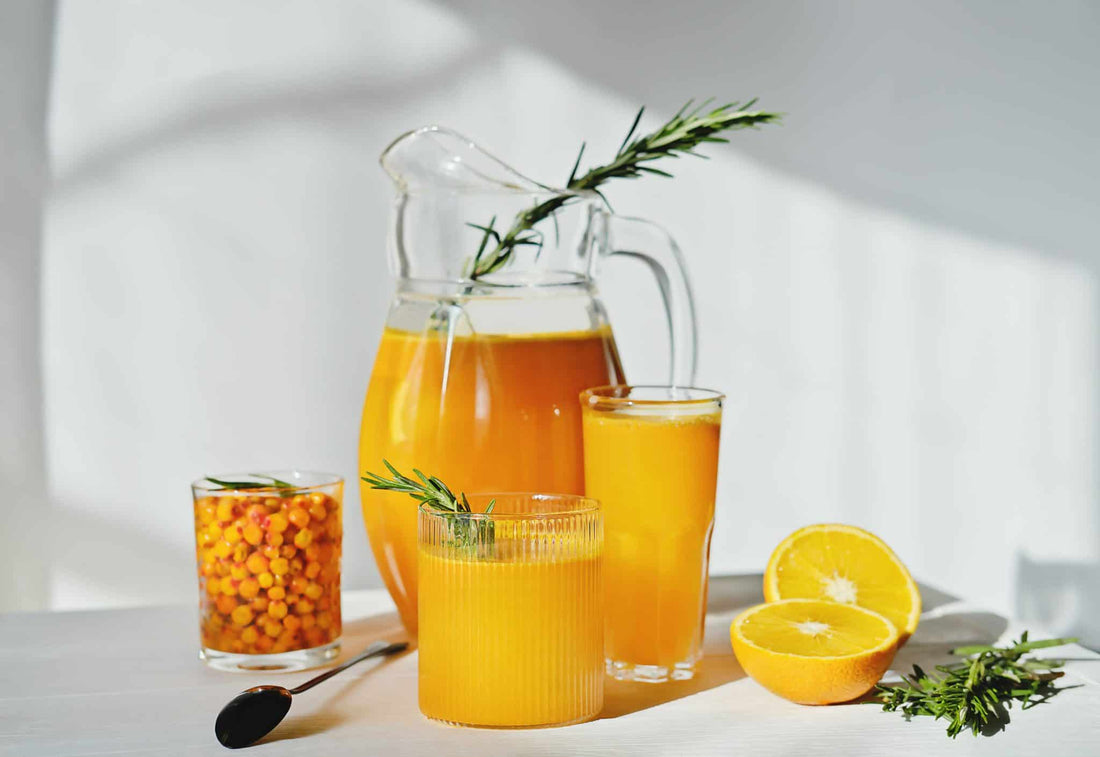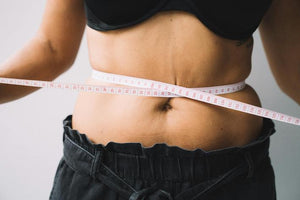Juice cleanses are a health and wellness trend that has become increasingly popular in recent years. Fans of juice cleanses, or juice fasts, emphasize the benefits associated with drinking juice, such as weight loss and improved nutrient absorption.
While juices are a concentrated source of beneficial nutrients, they are also a concentrated source of carbohydrates in the form of sugar. Let's take a closer look.
How does a glass of fruit juice affect blood sugar?
Juices contain a lot of carbohydrates in the form of sugar, which can contribute to a rapid rise in blood sugar levels. For example, a glass (200ml) of orange juice contains 20 grams of sugar. Processing the fruit removes a large portion of the fiber from fruits and vegetables. Without this fiber, the sugar from these foods is absorbed into the bloodstream more quickly. This results in a faster rise in your blood sugar level. The subsequent rapid drop in blood sugar can then cause headaches, hunger, or, if you drink juice late in the evening, sleep problems.
Consider how long it takes to eat 2-3 oranges or drink a glass (200ml) of orange juice. 2-3 oranges is roughly the amount of juice contained in a glass of orange juice. Most people would agree that it's much easier and faster to drink this amount of orange juice than to peel, slice, chew, and swallow 2-3 whole oranges.
Considering this example, it's easier to understand that eating the whole fruit —not just the juice—leads to a slow and controlled rise in blood sugar levels. This is also because the process of eating takes longer.


Are smoothies better?
If you're considering drinking a smoothie instead of pure fruit juice, we recommend adding protein and fat to your smoothie. This combination results in a slower rise in blood sugar compared to pure fruit juice.
Green smoothies usually have a high proportion of vegetables and therefore do not cause blood sugar to rise as much, provided it is not apple or other
Fruit juice added.
So is juice fasting unhealthy?
So can we say that juice fasting or juice cleanses are recommended, even if blood sugar levels rise sharply and then fall again?
At Hello Inside, we believe there's nothing wrong with having a juice cleanse every now and then, as long as it makes you feel good. However, it's important to remember that this isn't a long-term diet and can also cause unpleasant side effects, such as headaches, hunger, or fatigue.
In general, we definitely recommend not giving up on fruits and vegetables. To help you balance your blood sugar, we've compiled the following 5 tips.
Our tips
- Eat your fruit as unprocessed as possible and whole
- If possible, leave the shell on
- Combine your fruit juices or smoothies with protein and fat
- Choose vegetable juices (green smoothies) if possible
- Pay attention to the portion size
Are you ready to embark on your own journey of discovery?





